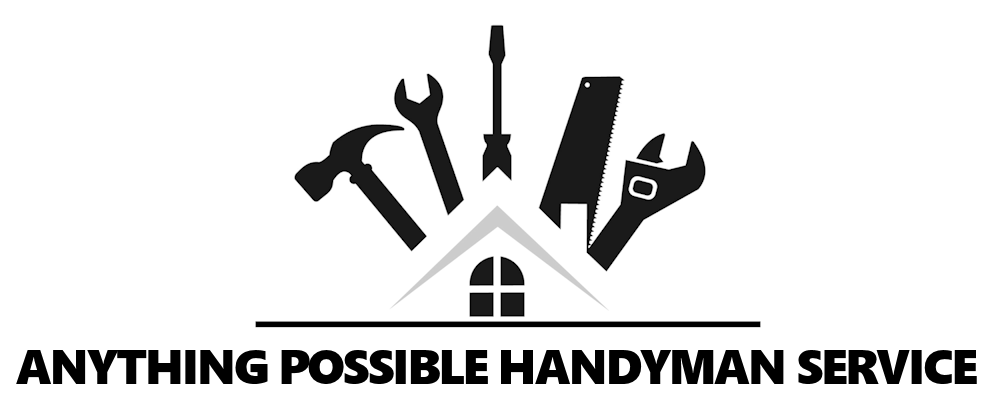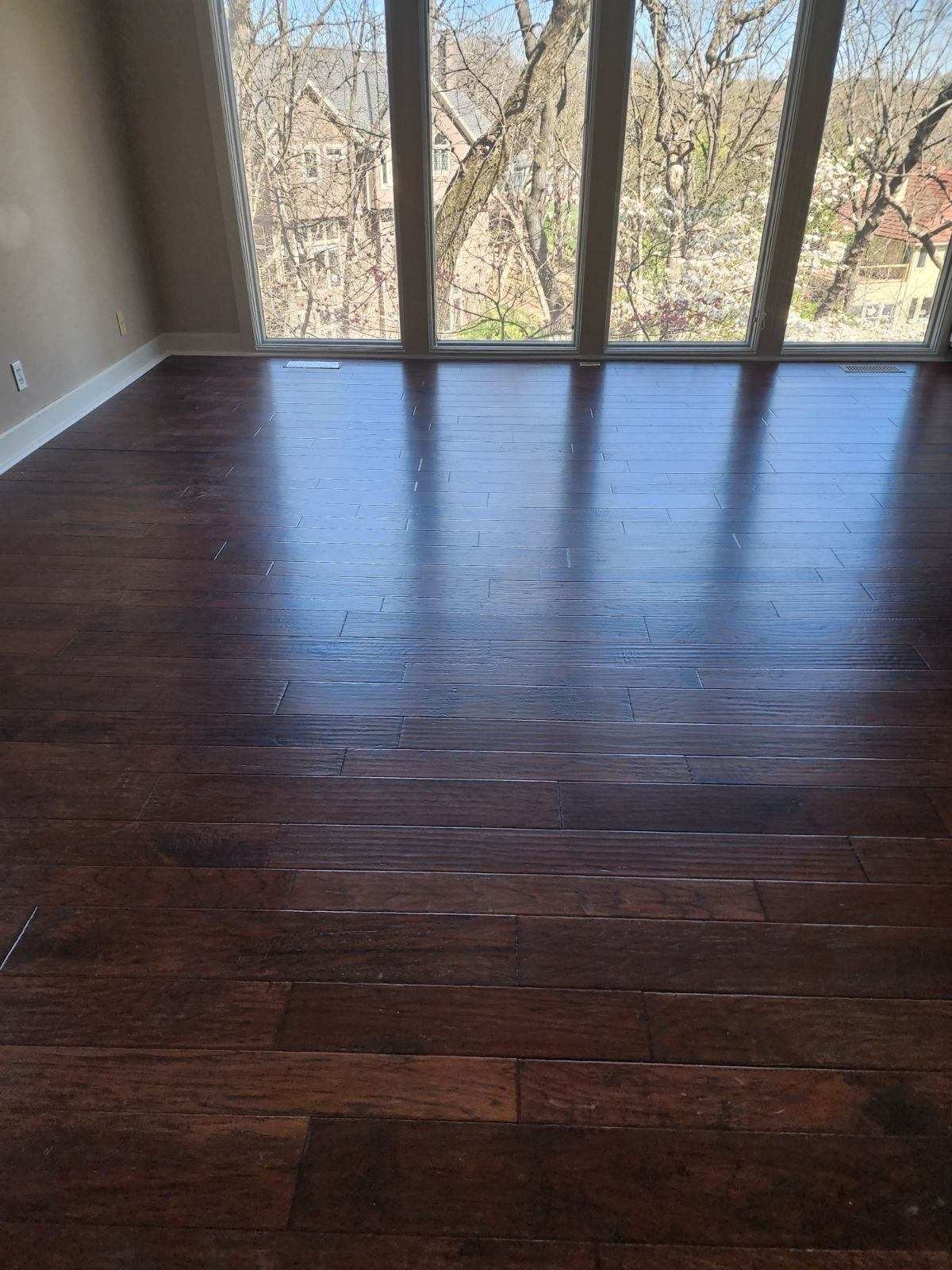Home improvement projects can be both exciting and daunting, especially when it comes to managing costs. If you’re dreaming of a kitchen remodel, bathroom upgrade, or just a fresh coat of paint, having a well-structured budget is the key to turning your vision into reality. With proper planning and financial management, anything is possible when it comes to transforming your living space. You don’t need to be a professional handyman to create an effective budget – just some careful consideration and strategic thinking.
The secret to successful home renovations lies in balancing your dreams with financial reality. Many homeowners jump into projects without adequate budget planning, leading to unfinished work, compromised quality, or financial strain. By establishing a clear budget from the start, you’ll ensure your project stays on track while avoiding unnecessary stress. Even the most ambitious renovations become possible with proper financial planning, and you might be surprised at what you can accomplish without hiring an expensive handyman for every aspect of your project.

- Planning the scope and budget of your home improvement project with professional insight. Source: anythingpossiblehandyman.com
Planning Your Home Improvement Budget: Understanding project scope, setting financial priorities, and establishing a realistic baseline cost for your renovation
The foundation of any successful home improvement project is a well-defined scope. Start by listing everything you want to accomplish, then research the typical costs associated with each element. Consult with a handyman or contractor to get professional estimates for specialized work. This information will help you establish a realistic baseline cost for your renovation. Remember that anything is possible with the right planning—you just need to know where your money needs to go first.
Once you have a baseline cost, it’s time to set financial priorities. Categorize your renovation elements into “must-haves” and “nice-to-haves.” This distinction helps you allocate funds to essential components first before moving to aesthetic upgrades. Consider what improvements will add the most value to your home or enhance your quality of life the most. When working with a limited budget, it’s often possible to phase your project, completing the most critical elements now and saving other aspects for later when additional funds become available.

- Anticipating hidden expenses by tracking costs and setting aside a contingency fund. Source: ramseysolutions.com
Accounting for Unexpected Costs: Building a contingency fund (10-20%), factoring in permits/fees, and including often overlooked expenses like temporary housing or storage
Even the most meticulously planned renovation can face unexpected issues once work begins. As one experienced handyman put it, “The most common thing that happens is everyone thinks that this job is gonna go perfect and don’t account for any unexpected costs.” That’s why establishing a contingency fund of 10-20% of your total budget is essential. This financial buffer makes it possible to address surprises like discovering water damage behind walls or electrical issues that require upgrades to meet code requirements. Without this safety net, unexpected costs can derail your entire project.
Beyond the obvious materials and labor costs, many homeowners forget to budget for permits, inspection fees, and other administrative expenses. Depending on your location and project scope, these can add hundreds or even thousands to your total. Additionally, consider if you’ll need temporary housing during extensive renovations or storage for furniture and belongings. Factor in increased utility bills during construction, delivery fees for materials, and post-renovation cleaning services. Including these often-overlooked expenses in your initial budget planning makes it possible to avoid financial surprises that could force you to cut corners later in your project.

- Smart strategies for home improvement: Prioritizing essential renovations like flooring. Source: anythingpossiblehandyman.com
Smart Money-Saving Strategies: Finding quality secondhand materials, prioritizing essential vs. cosmetic upgrades, and timing your project strategically
Being resourceful with materials can significantly stretch your renovation budget. As one local handyman advises, “I always tell people to look around. A lot of times you can find things at Restart or Garage Sales or Facebook Marketplace that people have just no longer needed and are still in good condition.” Architectural salvage stores and online marketplaces often offer high-quality fixtures, cabinets, and building materials at a fraction of retail prices. With some patience and creativity, anything is possible when it comes to achieving a high-end look without the premium price tag.
Strategic timing can also lead to substantial savings. Schedule your renovation during contractors’ slower seasons (typically late fall or winter for many regions) when labor rates may be more negotiable. Purchase major appliances during holiday sales events or when stores are clearing inventory for new models. For materials with consistent pricing, consider buying in stages to spread costs over time rather than absorbing one large financial hit. When working with a handyman or contractor, discuss which aspects of the project you might handle yourself to reduce labor costs. Simple tasks like demolition, painting, or cleanup are often possible for homeowners to tackle, freeing up budget for more technical aspects of the renovation.

- Using digital tools to track expenses and manage your budget effectively during renovations. Source: ramseysolutions.com
Tracking and Managing Your Budget: Using tools to monitor expenses, creating a payment schedule, and adjusting your budget as the project progresses
Modern budgeting tools make tracking renovation expenses easier than ever. Apps like EveryDollar allow you to create dedicated budget categories for your project and monitor spending in real-time. This visibility helps prevent cost overruns and keeps you accountable to your financial plan. Set up a separate checking account or credit card exclusively for renovation expenses to simplify tracking. When working with a handyman or contractor, maintain a detailed spreadsheet that compares estimated costs against actual expenses, noting any variances. With proper monitoring tools, it’s possible to catch budget concerns early enough to make adjustments before they become problematic.
Establish a clear payment schedule with your contractors that ties payments to project milestones rather than calendar dates. This approach protects you from paying for work that hasn’t been completed and provides incentive for timely progress. Be prepared to make budget adjustments as your project evolves—sometimes you’ll need to reallocate funds from one category to another as priorities shift or unexpected issues arise. Regular budget reviews with your contractor can identify potential savings opportunities or necessary adjustments. Remember that with careful tracking and management, anything is possible within your renovation budget—even accommodating some surprises along the way.
